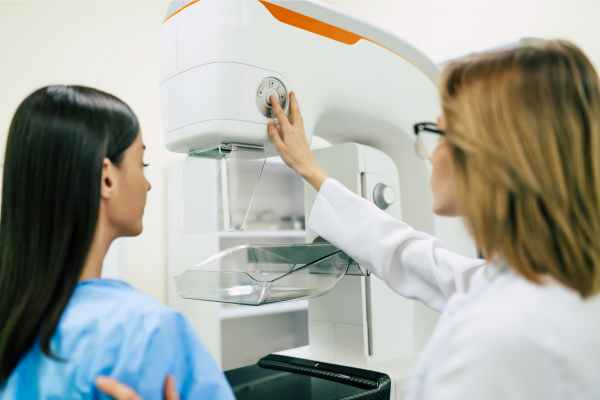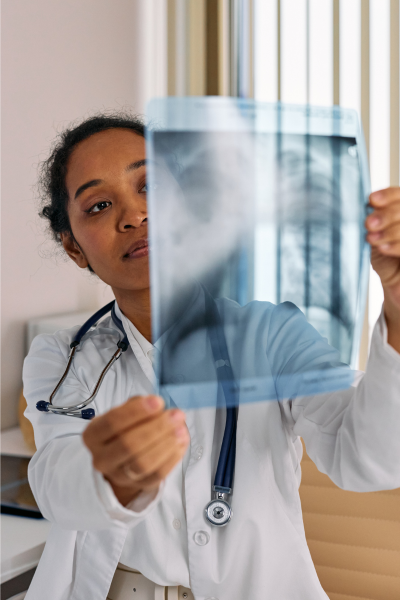
X - Ray Radiography Tests

Types Of Radiography
X-ray radiography encompasses various types of exams tailored to specific medical needs. These different types of X-ray radiography provide valuable insights into the body’s internal structures and conditions.
General Radiography
General radiography, also known as plain radiography, is the most common type. It involves taking X-ray images of specific body parts, such as the chest, bones, joints, and abdomen. General radiography helps diagnose conditions like fractures, infections, tumors, and lung diseases.


Dental Radiography
Dental radiography focuses on imaging the teeth and surrounding structures within the mouth. It includes intraoral X-rays (taken inside the mouth) and extraoral X-rays (taken outside the mouth). Dental radiography aids in diagnosing dental caries, gum disease, tooth decay, and jaw disorders.
Mammography
Mammography is a specialized type of X-ray imaging used to screen for and diagnose breast cancer. It involves taking X-ray images of the breast tissue to detect abnormalities such as tumors, cysts, and calcifications. Mammography is crucial for early detection and treatment of breast cancer.

What is X-ray Radiography?
X-ray radiography, commonly known as X-rays, is a painless and non-invasive imaging procedure that helps doctors visualize the internal structures of the body. It’s widely used for diagnosing medical conditions, assessing injuries, and monitoring treatments.
Why Is X-ray Radiography Important?
X-ray radiography is important because it provides valuable information to doctors for diagnosing a wide range of medical conditions, including fractures, infections, tumors, and lung diseases. It’s a quick and effective imaging tool that helps healthcare professionals make informed decisions about patient care.

Benefits of X-ray Radiography
- Quick and Efficient: X-ray radiography is a fast imaging technique, providing instant results that can be interpreted by healthcare professionals in real-time.
- Non-Invasive: X-rays are non-invasive, meaning they do not require any incisions or injections. Patients can undergo X-ray procedures without discomfort or anesthesia.
- Versatile: X-ray radiography can be used to image various parts of the body, including bones, joints, chest, abdomen, and teeth. It’s a versatile imaging modality used in different medical specialties.
- Cost-Effective: Compared to other imaging techniques, X-ray radiography is relatively affordable, making it accessible to a wide range of patients.
Contact Us For More Detail

